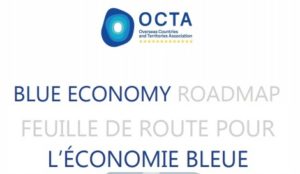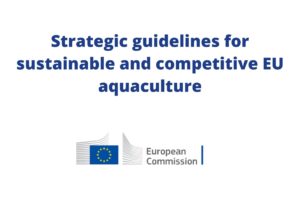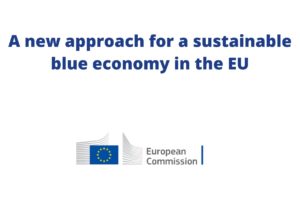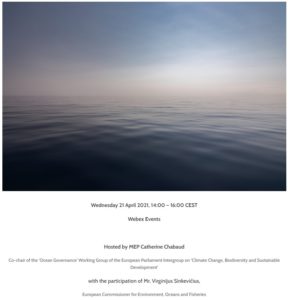OCTs share a number of common characteristics while being distinctly heterogeneous in their trade policy interests. OCTs are small islands, located in remote areas, with a restricted local market, far from major markets and with limited and expensive access to international shipping. They remain remarkably vulnerable to exogenous shocks (particularly climatic and economic) and highly depend on trade with their neighbouring markets and the EU for domestic consumption or inputs for their industry.
The EU and the OCTs have a common interest in joining forces to address the challenges and opportunities stemming from globalisation. Efforts to ensure sustainable and inclusive growth, and improve the competitiveness of OCTs are a priority. The assets of OCTs are promoted, taking into account their constraints and regional contexts. With the support of the EU, OCTs are taking steps to strengthen their economic and social systems and their competitiveness, by proposing and implementing projects. However, it is a long-term challenge that is targeted as one of the objectives of the EU-OCT partnership.
The development potential of economic blue growth is also a focus, particularly through the launching of a Blue Economy Roadmap, that will help OCTs develop towards a sustainable future.
In parallel, regional cooperation and integration are major assets. Some territories are strategically located and have the potential to play a central role in furthering the development of EU’s regional or bi-regional strategies and partnerships.
They all constitute small island economies that are vulnerable to external shocks. Most OCTs are remote and/or at great distance from the European continent and their neighbouring markets, with low freight transport connectivity, irregular shipping and air transport services and high transport costs as a consequence.
OCT exports of goods and services tend to be concentrated in a few specific sectors and generally target high value niche segments (tourism, pearls, natural essences, nickel) in industrialised or industrialising countries. In some OCTs, with large reserves of natural and mineral resources there is a strong potential for developing exports of these materials. For instance, in Greenland the development of the mineral extraction industry, if successful, has the potential to alter the structure of this OCT’s economy and its exports. Tourism is an element of interest to all of the OCTs.
OCTs are making important steps towards putting their economies and societies on a sustainable development path. They seek to do so by increasing their competitiveness, reducing their vulnerability to external shocks, increasing environmental resilience, cooperating with their neighbours and, where possible, integrating their economies into the regional and/or global economy.














